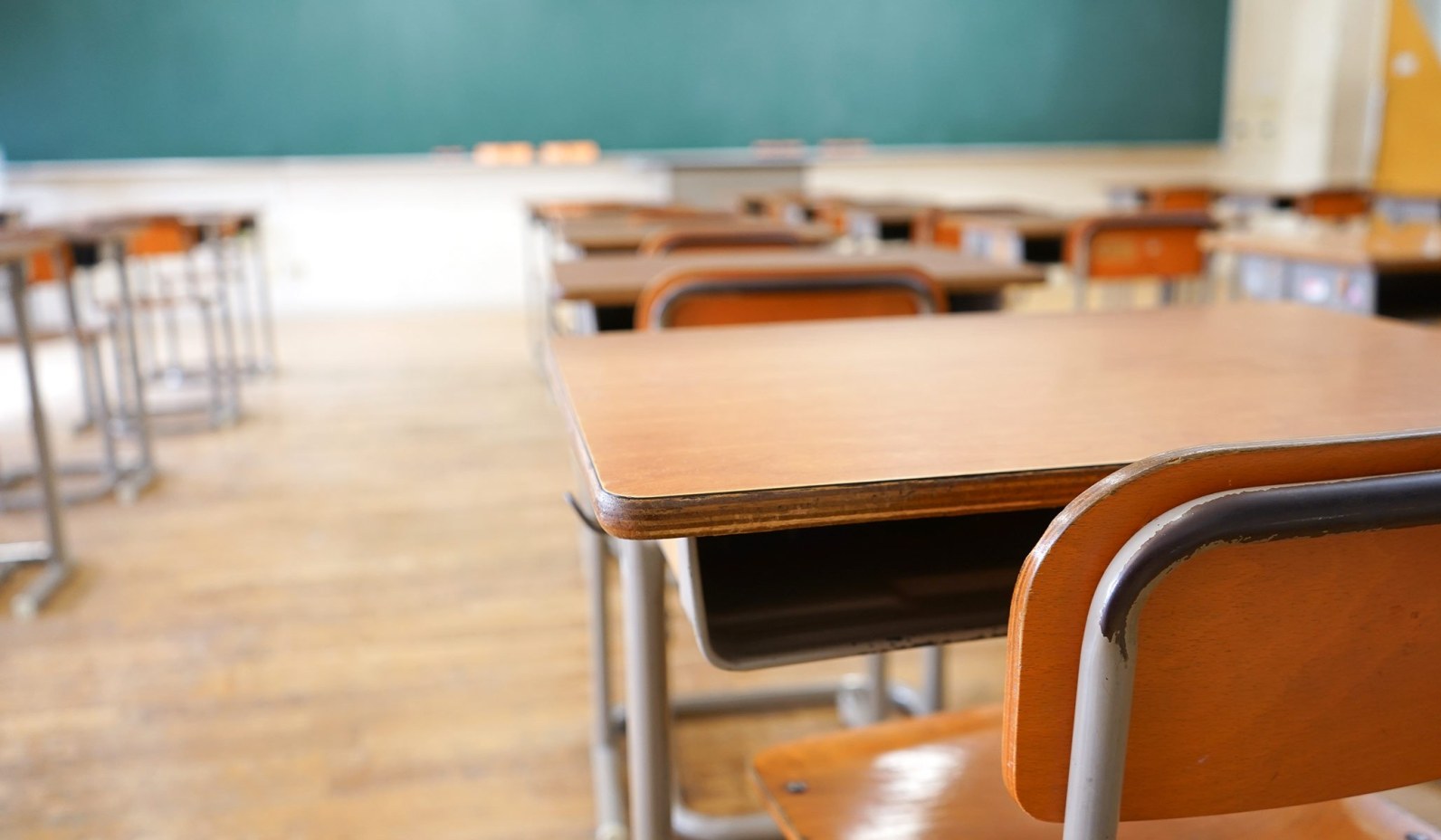By: The Editorial Board – wsj.com –
However bleak, these numbers “likely represent an optimistic scenario,” McKinsey says. The results measure “outcomes for students who took interim assessments in the spring in a school building—and thus exclude students who remained remote throughout the entire school year, and who may have experienced the most disruption to their schooling.”
The McKinsey study doesn’t say it, but teachers unions were the main architects of this calamity by first refusing to return to the classroom, then insisting on watered-down schedules. The data company Burbio found that, by the end of the spring semester, most students could attend school at least part-time. But due to union demands, the return sometimes amounted to a few days or hours of in-person learning a week.
McKinsey found that children in majority black schools ended the school year a full six months behind in math and reading on average. Students in schools where the average household income was below $25,000 were seven months behind in math and six months in reading.
McKinsey notes that “students who move on to the next grade unprepared are missing key building blocks of knowledge that are necessary for success,” and “students who repeat a year are much less likely to complete high school” and attend college. Without “immediate and sustained interventions,” the report predicts the lost learning could slash lifetime earnings by $49,000 to $61,000 on average. This seems low to us, and the damage will be worse than average for millions.
Many affluent parents have paid for tutors or private school, but the most vulnerable children don’t have that option. The solution is more school choice nationwide.
To see this article and subscribe to others like it, choose to read more.
 Listen Online
Listen Online Watch Online
Watch Online Find a Station in Your Area
Find a Station in Your Area









 Listen Now
Listen Now Watch Online
Watch Online
